Van Mau temple - Architectural and artistic monument
(BNP) - Van Mau Temple, Chu Mau area (Van Duong ward) is a religious and cultural work with a long history of formation and development of the people here. Temple of the Holy Mother, who gave birth to Holy Tam Giang.

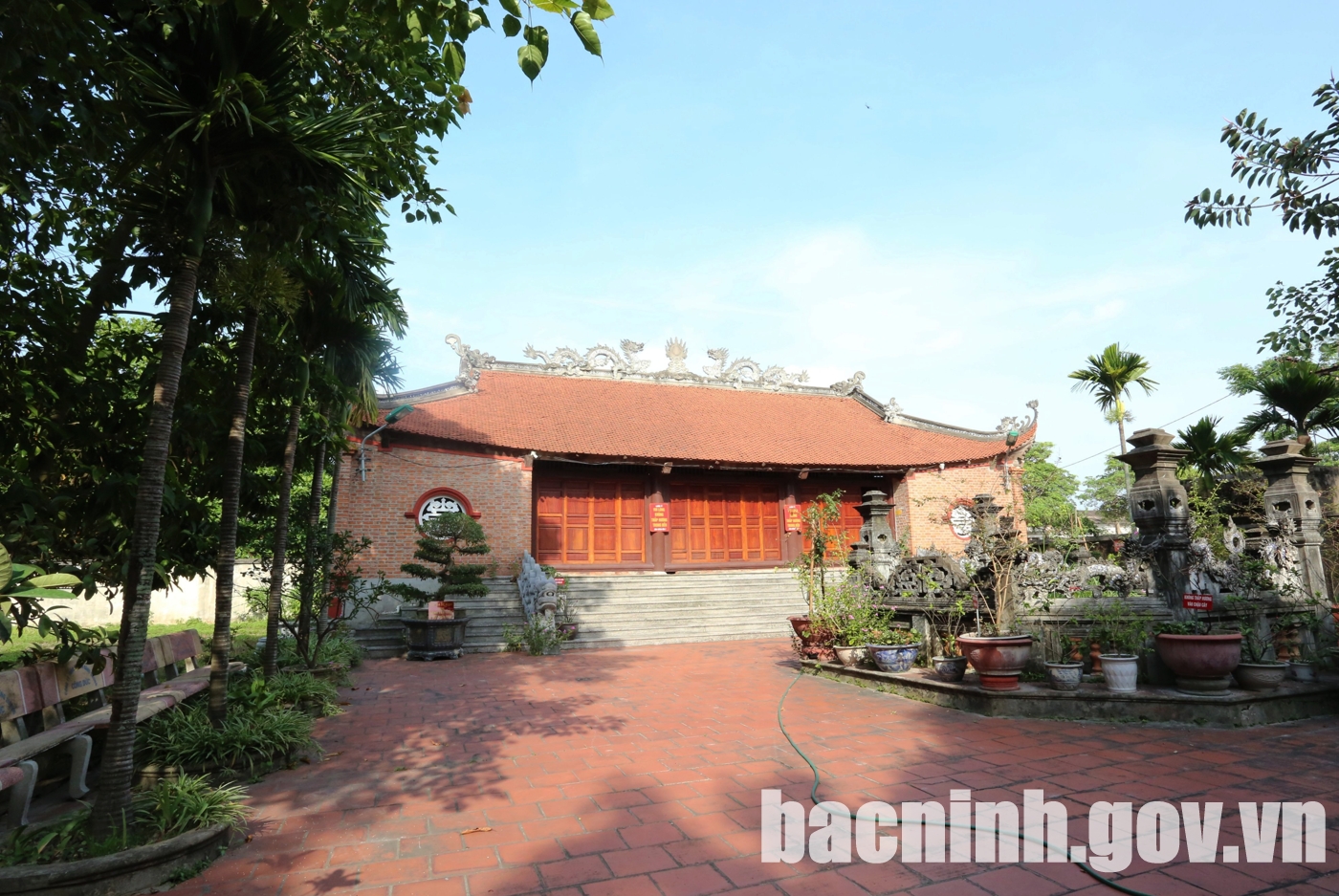
Front Ceremonial Hall has architecture of 2-storey, 8 curved roofs.
The temple has the architecture of 3 compartments, 2 lean-tons, 4 curved roofs, solid ironwood frame, including 4 rows of horizontal columns, 6 rows of vertical columns.
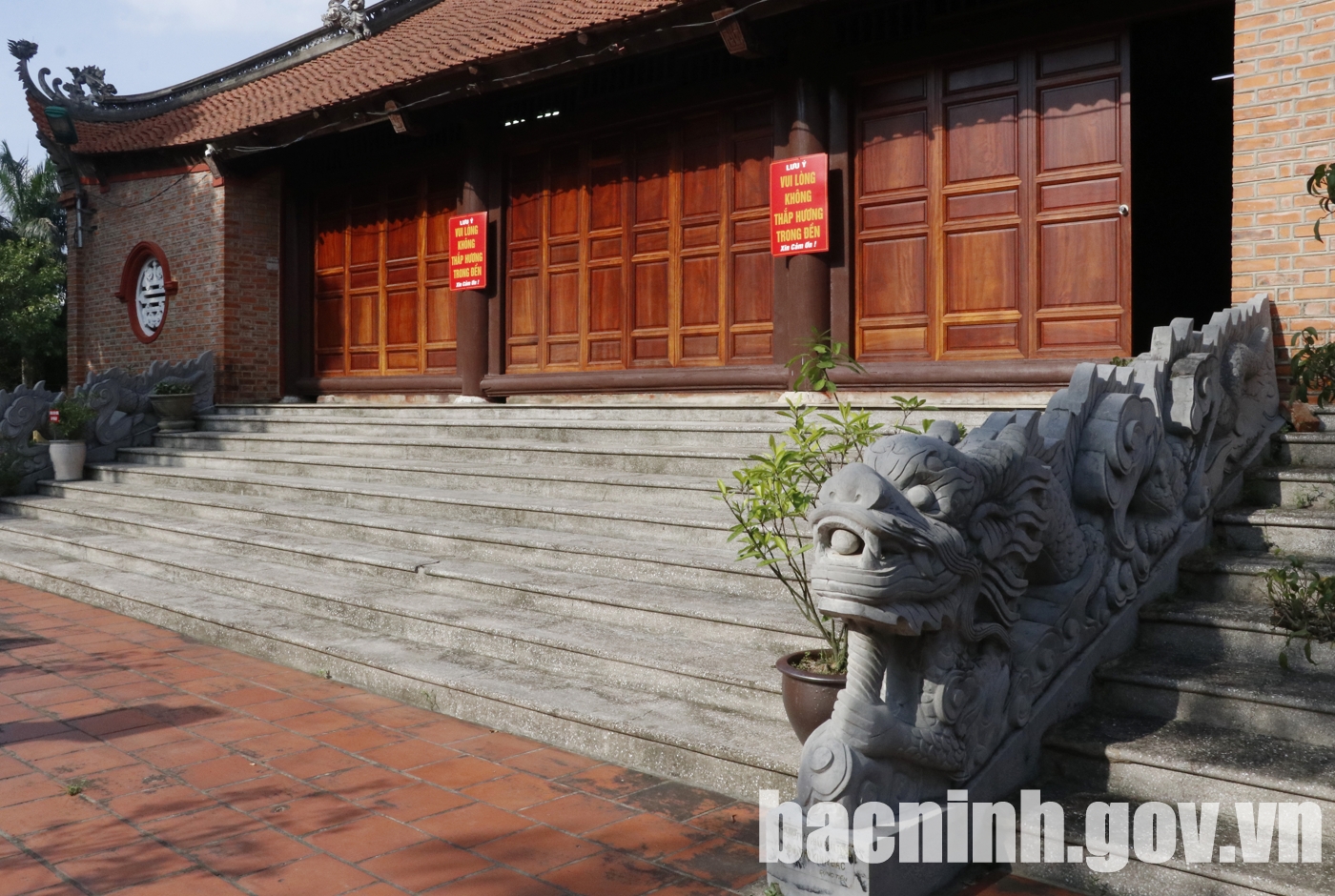
The door is made of ironwood to create certainty.
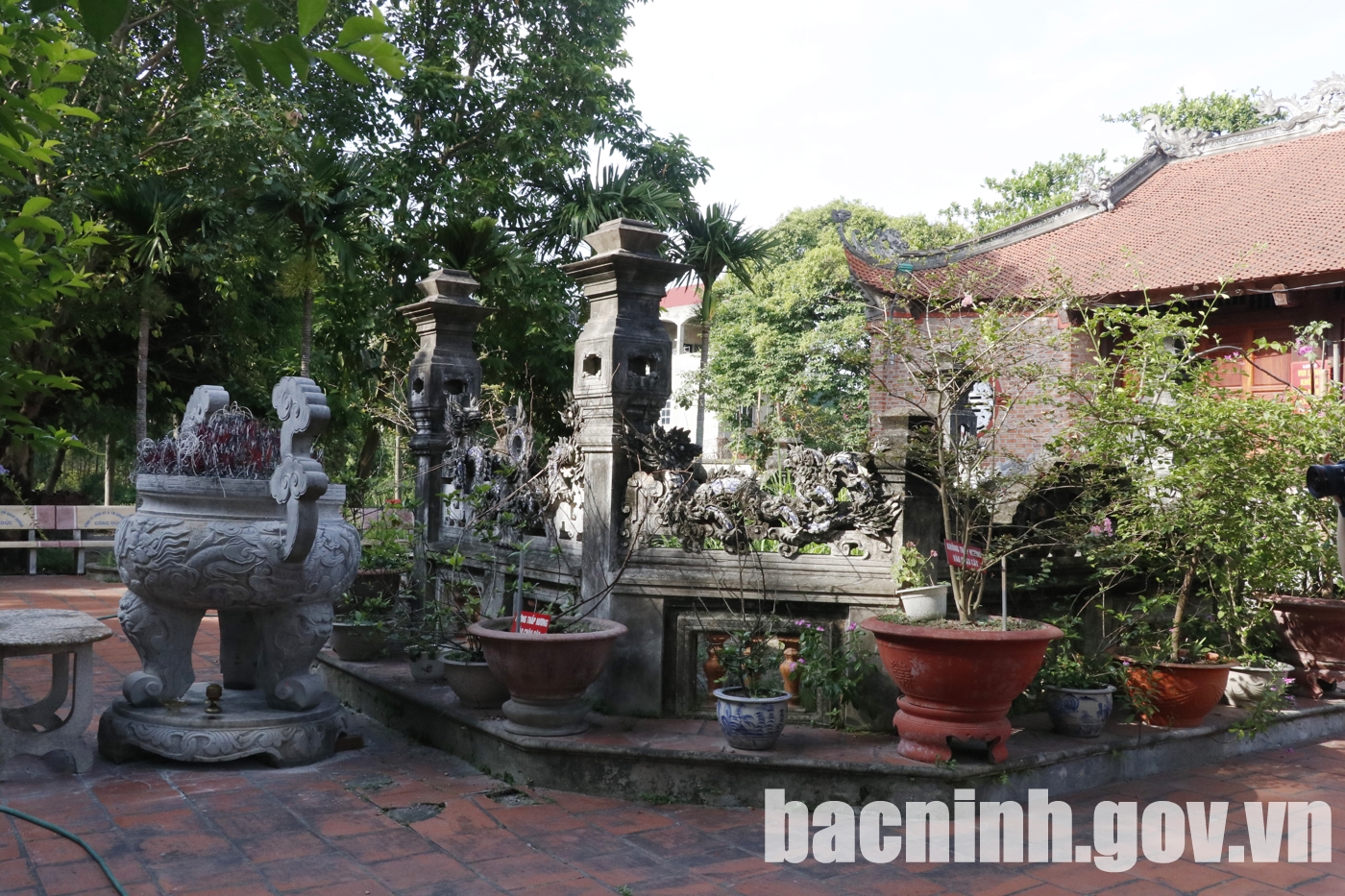
The Tomb of the Holy Mother was built with hexagonal stone surrounding it.
Temple of the Holy Mother, who gave birth to Holy Tam Giang, is the daughter of the Phung family, whose name is Tu Nhan, born in the year of the 483 during the Northern and Southern Dynasties.
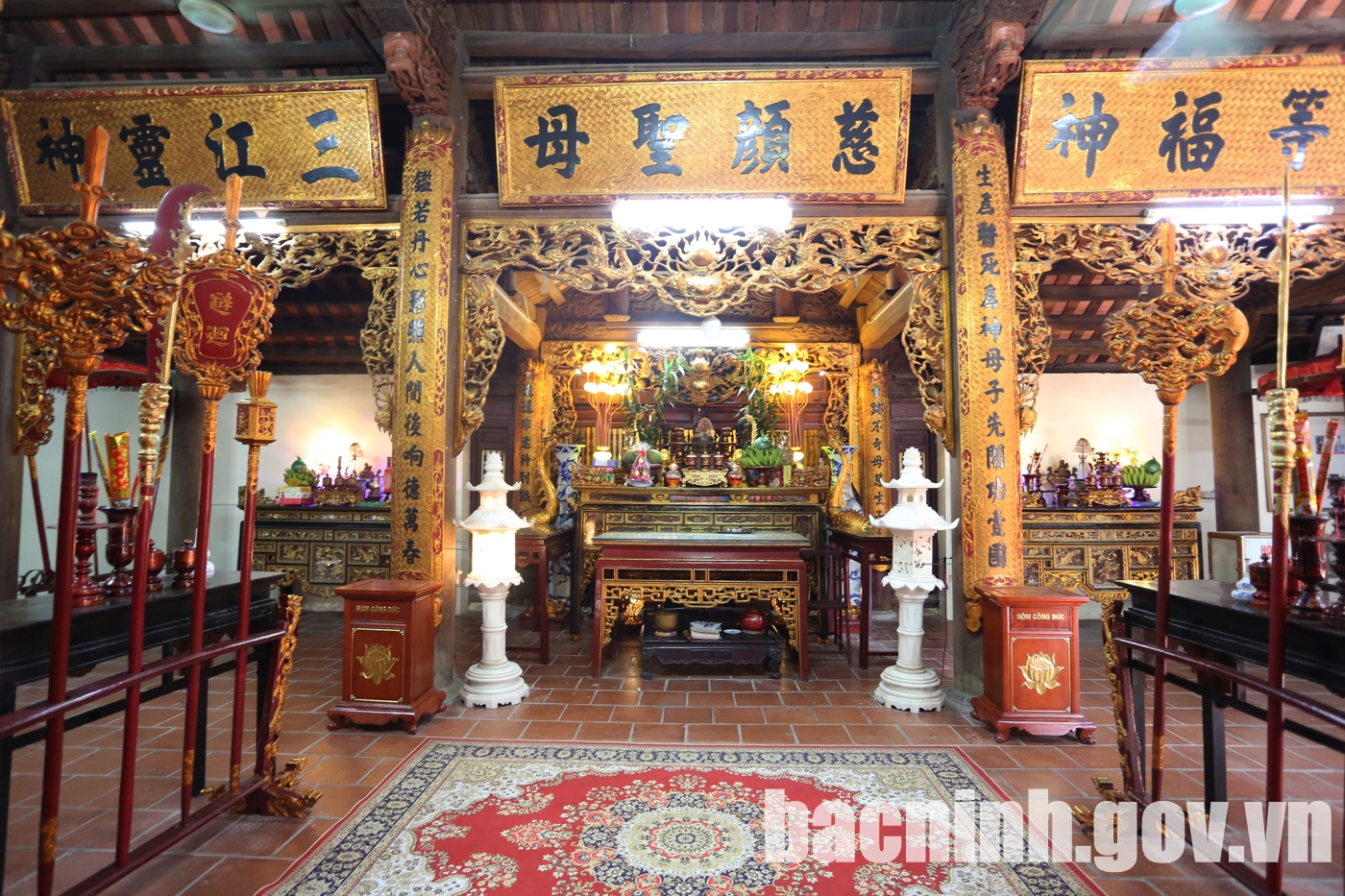
The inside of Front Ceremonial Hall.
Through the ups and downs of the nation's history, the changes of society and nature, the relics of Van Mau temple have always been protected, restored and embellished by the people, making the relic site more and more spacious. Currently, the Mother Temple (ie the Holy Mother) is located on a high ground, in the northwest of Van Mau village, in front of the Tao Khe river and the village field.
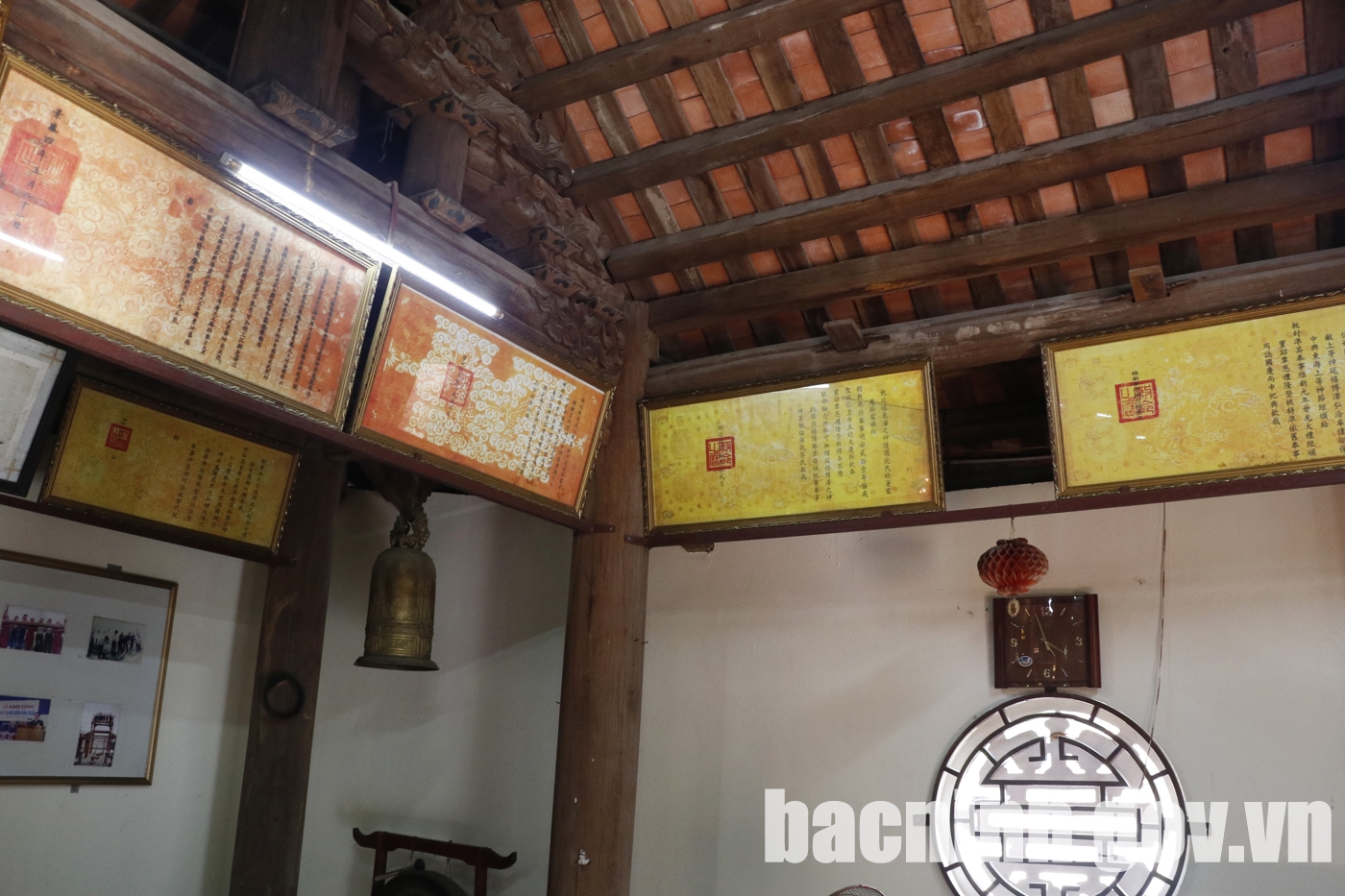
The Ordinations in 1853, 1880, 1909.
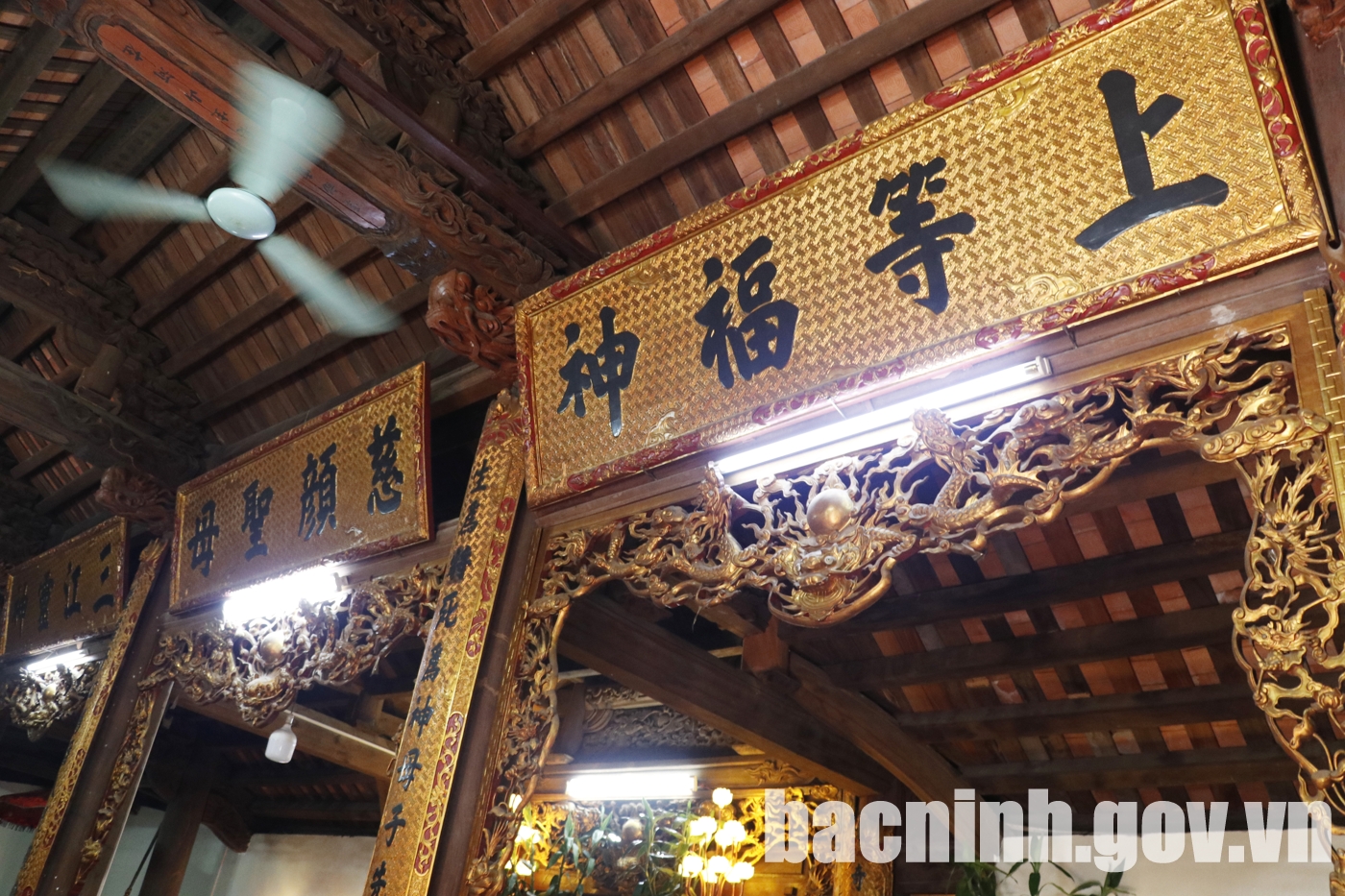
Horizontal lacquered board and parallel sentences 19th century.

The bronze bell was placed in Front Ceremonial Hall.
The festival is held on April 15 every year. It is said that this is the day of the death of the Holy Mother, this is an occasion for local people to remember the merits of the Holy Mother.

The stele house in front of the temple yard.
The temple was built a long time ago. Up to now, the temple has been closely associated with the development of residential life and the traditional customs and habits of an ancient Vietnamese village. At present, the temple still preserves a number of Nguyen Dynasty artifacts such as altar, worshiping statues, Horizontal lacquered board and parallel sentences. This is a testimony to the development of the history of the temple as well as the history of the people of the homeland here, a good tradition of our nation, embodying the principle of "drinking water, remembering the source".
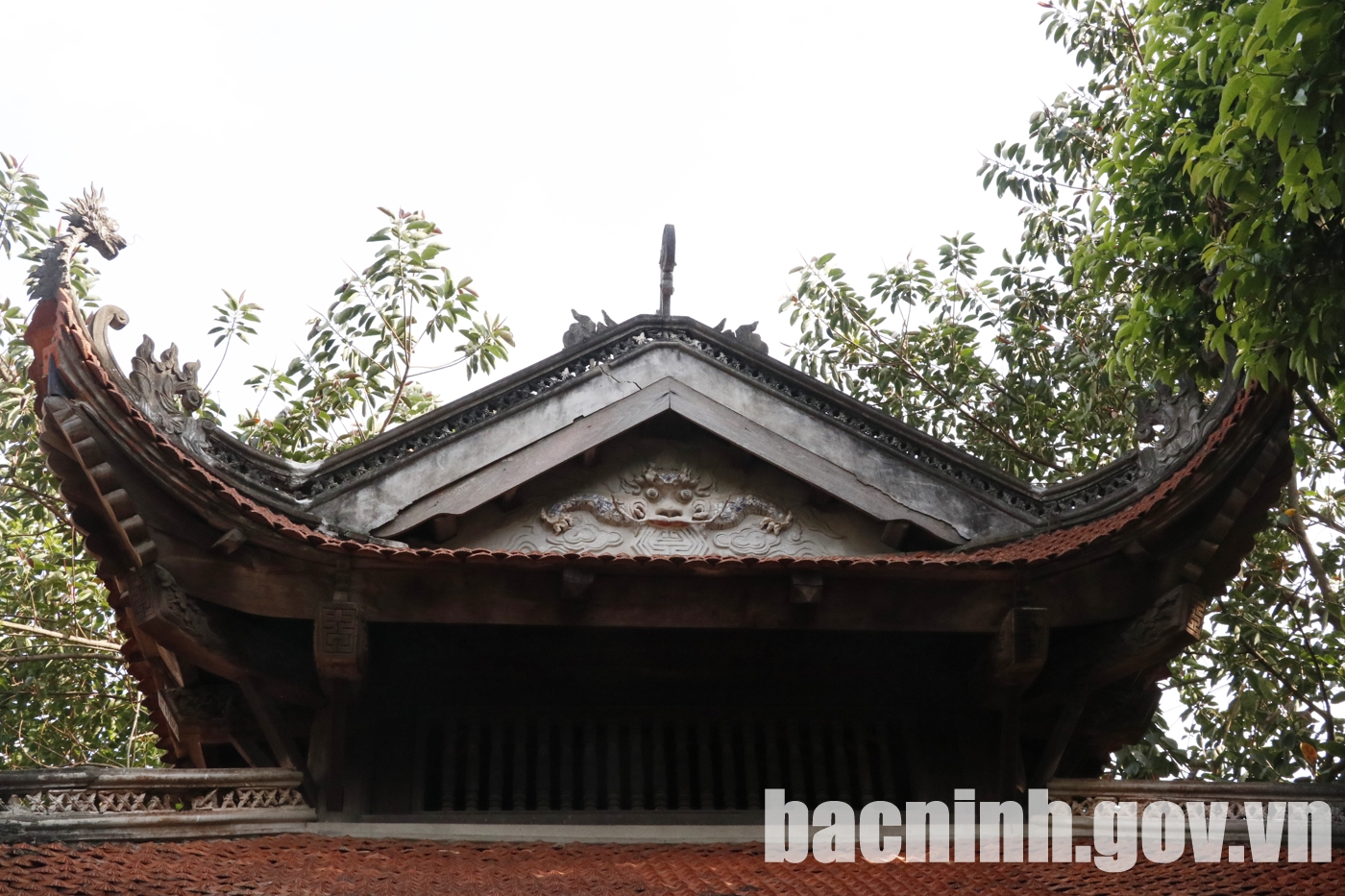
The temple has a traditional curved roof design.
The temple was ranked as a National Art and Architecture relic in Decision No. 100-VH/QD dated January 21, 1989.






